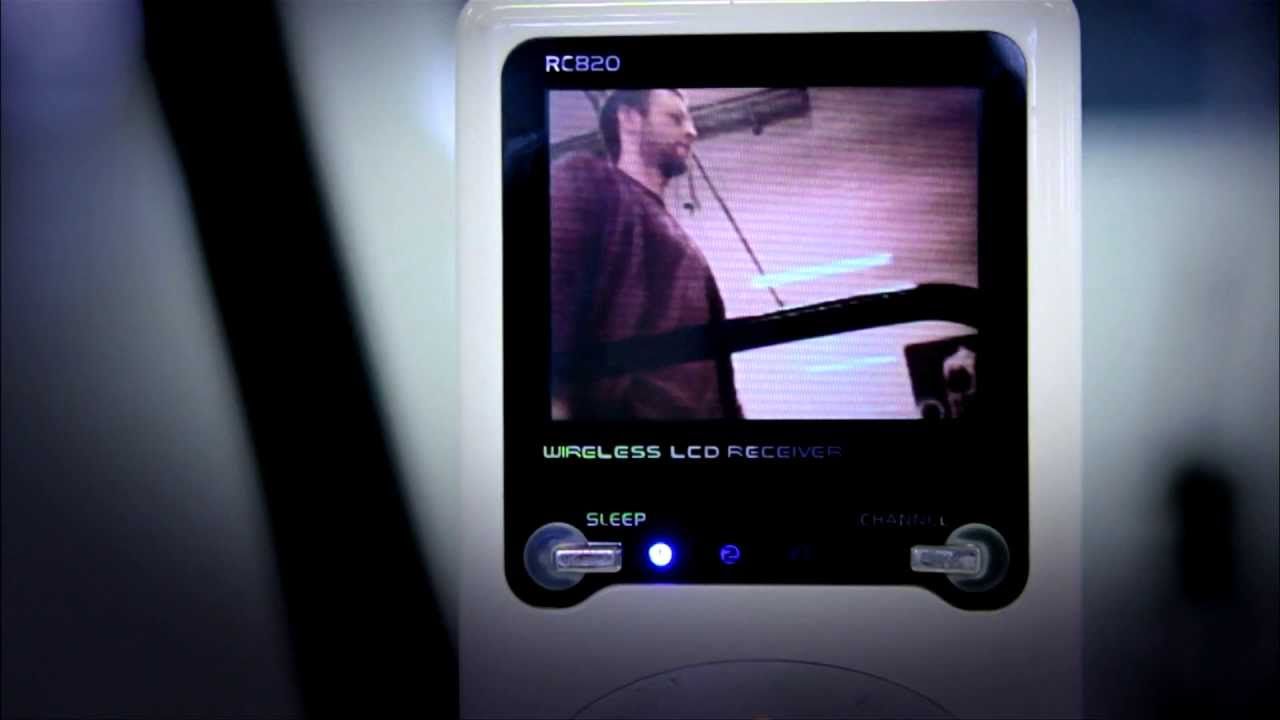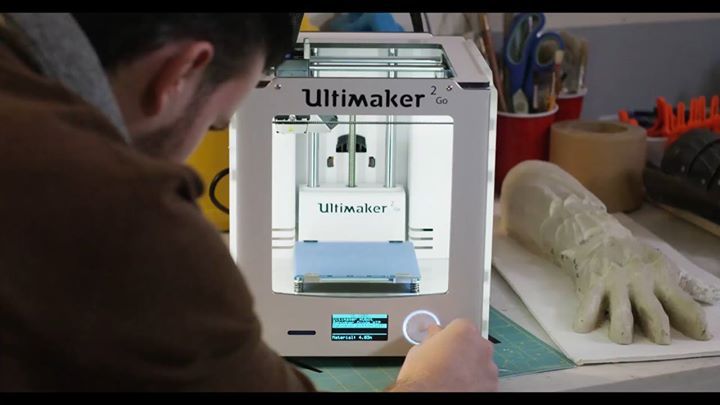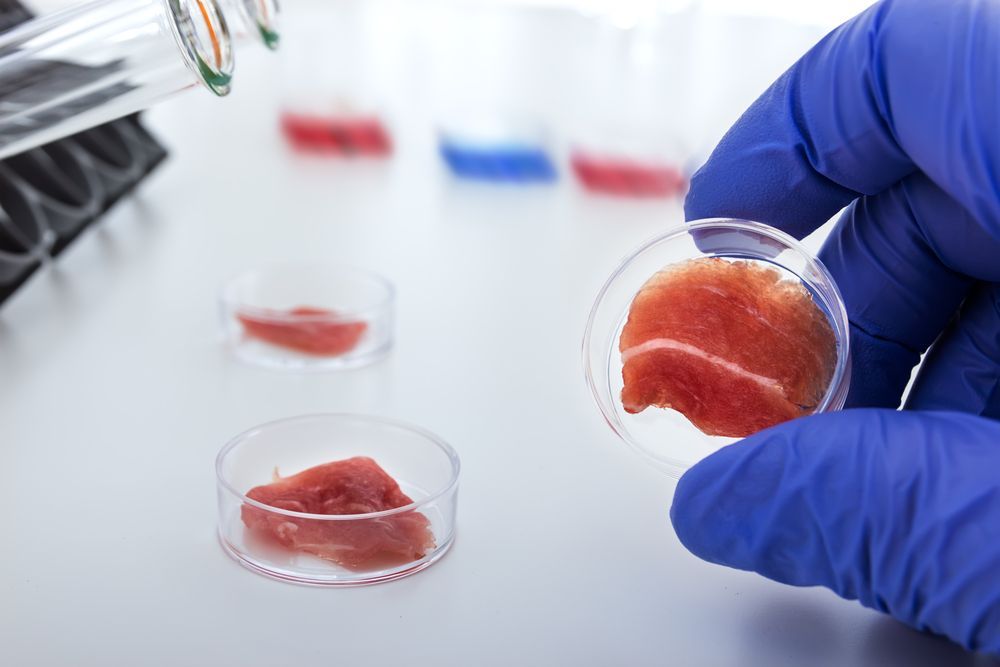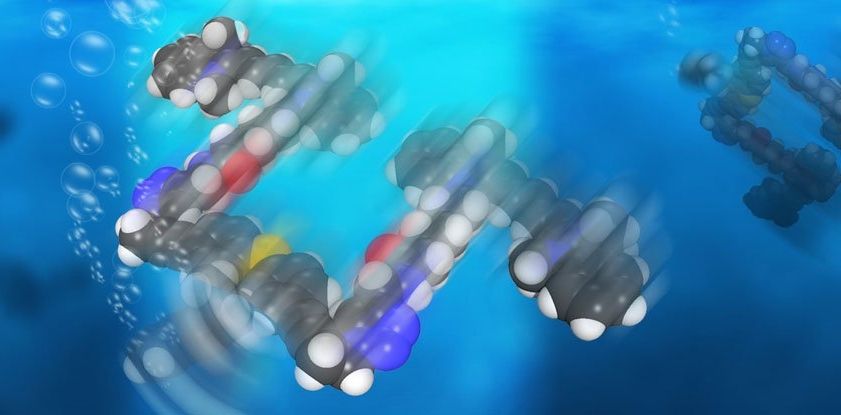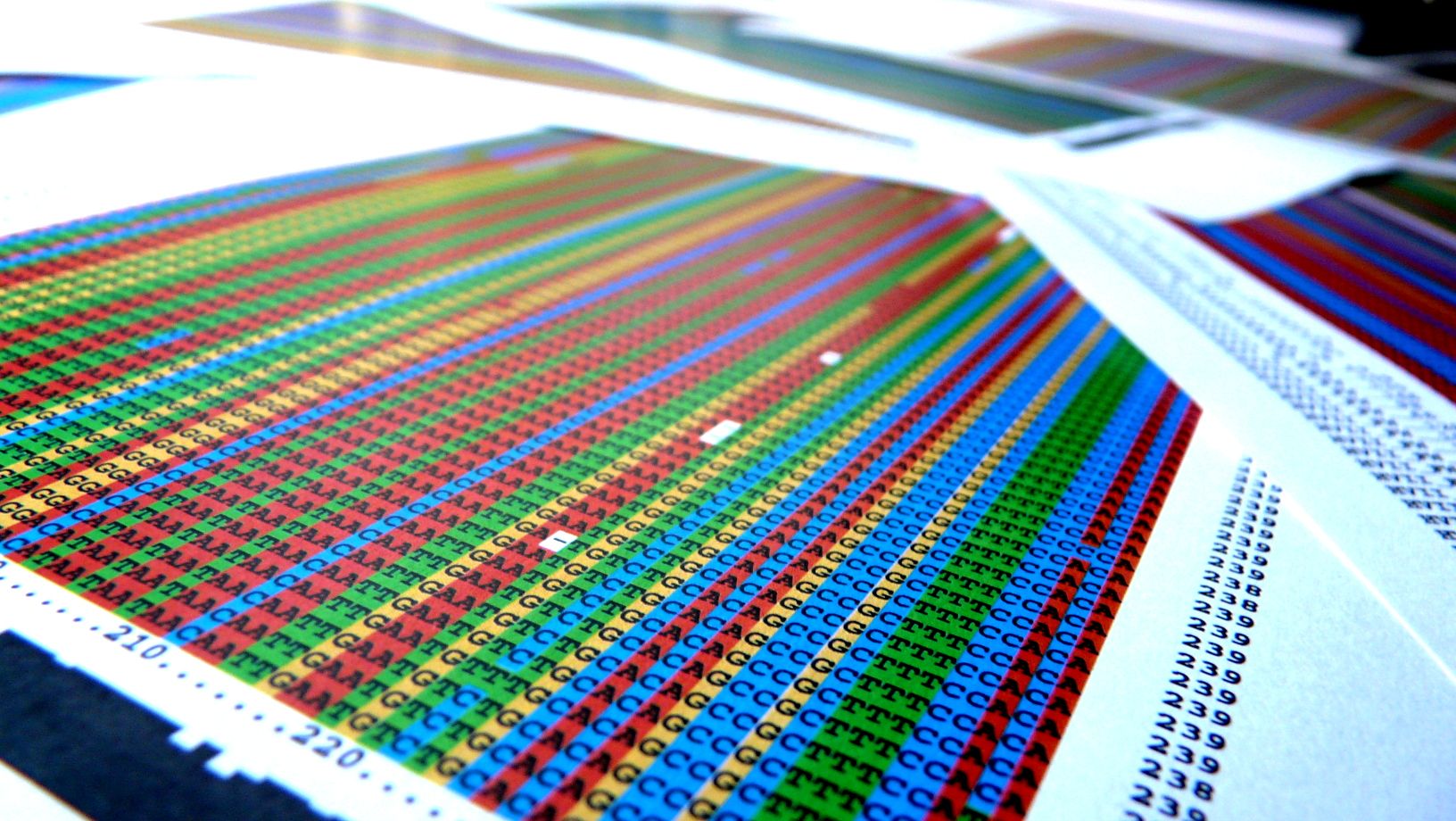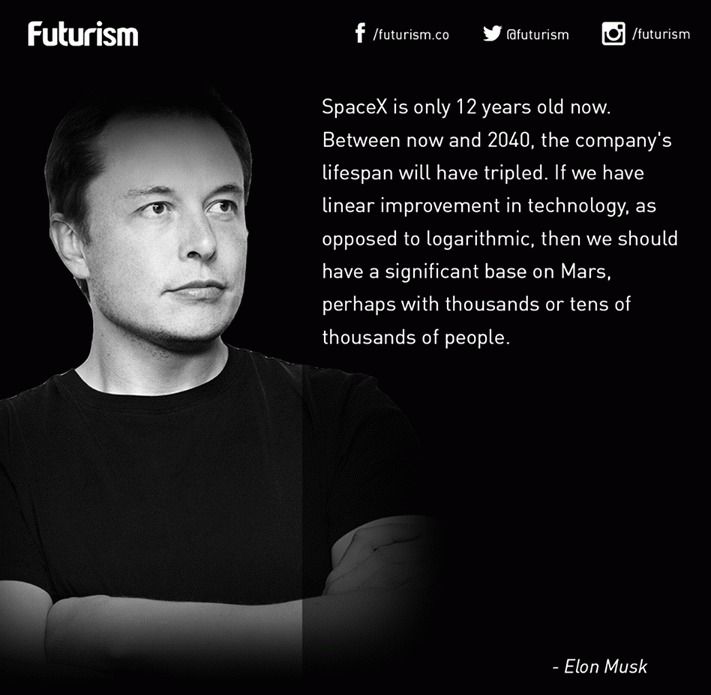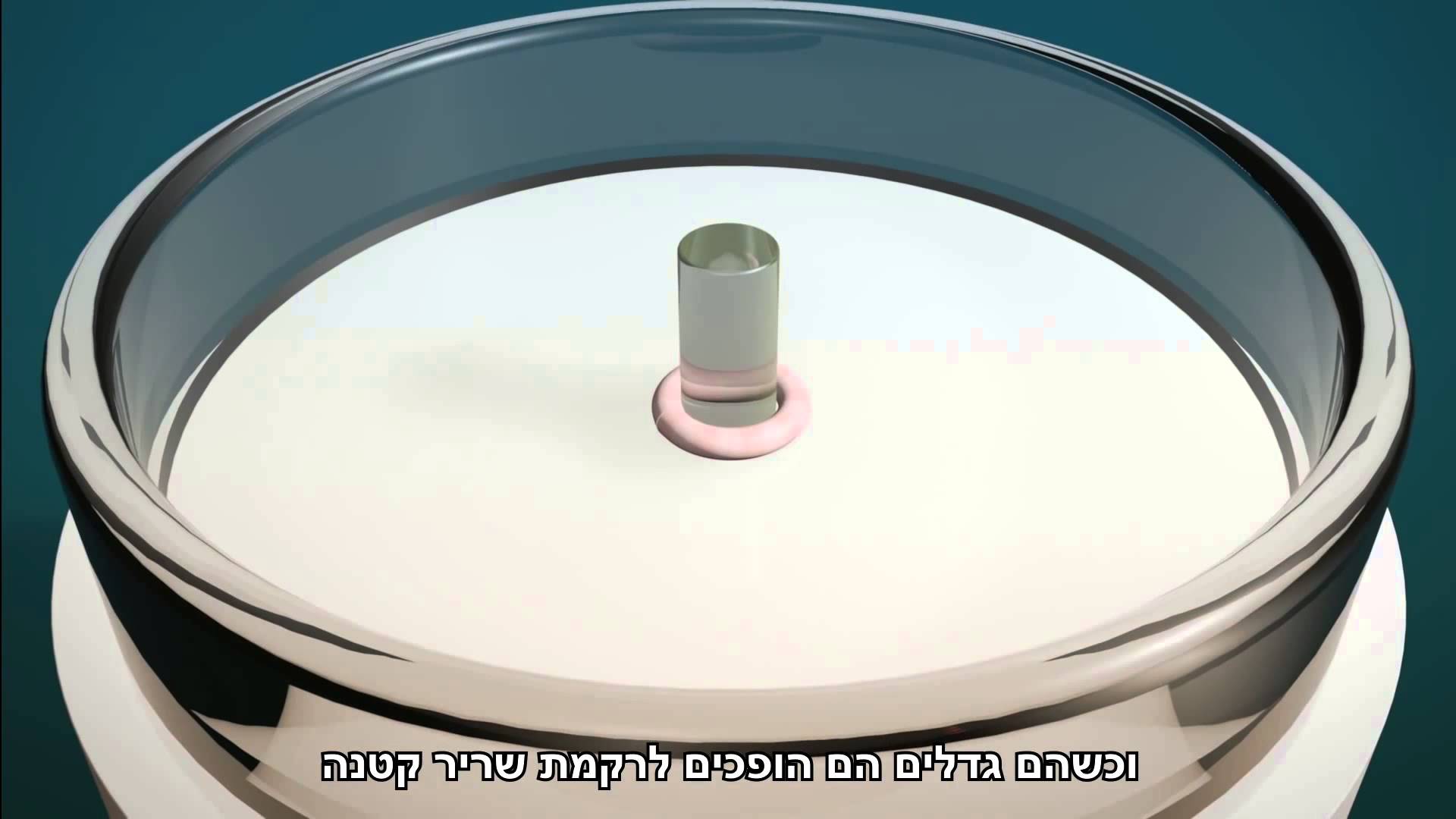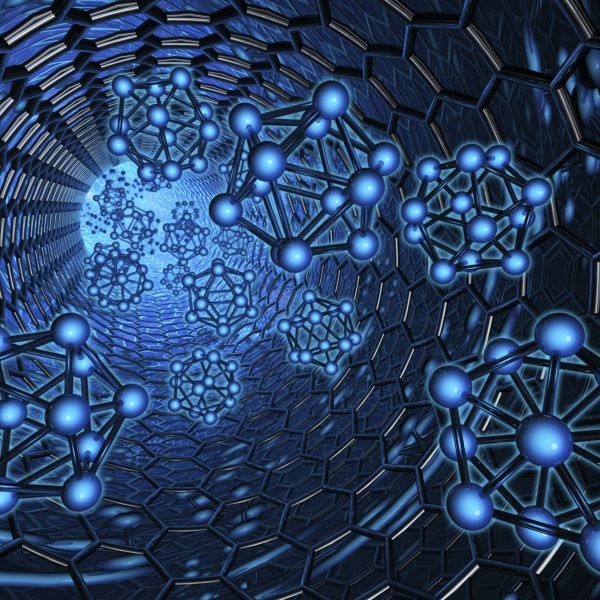The Lisa Pathfinder will test equipment for an orbiting observatory that will peer into the universe’s darkest corners.
Interesting look at the future of human augmentation.
To celebrate the launch of critically acclaimed video game DEUS EX: HUMAN REVOLUTION, Square Enix has commissioned filmmaker Rob Spence aka Eyeborg (a self proclaimed cyborg who lost an eye replaced it with a wireless video camera) to investigate prosthetics, cybernetics and human augmentation.
Five Cool Desktop 3D Printers
Posted in 3D printing
It’s still early days in the bacteria becomes our food production process. However, several Silicon Valley scientists are creating lab-grown edibles of the truly bizarre or mixing up animal substitutes based on some interesting ingredients. Here are 10 of them.
In science-fiction movies like Fantastic Voyage and Innerspace, plucky individuals board microscopic submersibles and take a trip inside the human body… where predictably dramatic consequences ensue.
We’re not quite there yet, but it seems we’re getting close. Scientists in the US have developed nanosubmarines (aka. unimolecular submersible nanomachines) composed of a single molecule of just 244 atoms.
The nanosubs are powered by ultraviolet light, with the motor’s tail-like propeller – which operates more like a bacteria’s flagellum than a conventional motorised propeller – moving the nanomachines forward by 18 nanometres with each full revolution.
Gene editing has incredible potential and could give us an unprecedented control of the biological world. The newest addition CRISPR offers unprecedented speed and ease, but there have been questions over its accuracy and reliability. New data hints we can relax a little; it’s safer than we thought.
A brief overview of CRISPR
CRISPR has made gene editing big news in very little time. While it may not be the most accurate method, the system is customisable, cheap and fast and has clear advantages over its predecessors. The system is essentially made of two parts: an enzyme called Cas9 which snips the target DNA sequence, and a guiding sequence made up of RNA which binds to a matching DNA sequence. The system also needs a small 3 letter sequence called PAM, which is required next to the site for Cas9 to cut. Together these can accurately target a specific sequence in the genome, allowing you to make tiny changes or insert a new sequence by hijacking the cell’s own repair systems.
An Israeli foundation is first in the world to research mass production of cultured chicken breast, a real meat product starting from a single cell of a real bird.
This tech is designed to be an alternative to a kidney transplant or dialysis. It completely mimics the functions of the kidneys.

